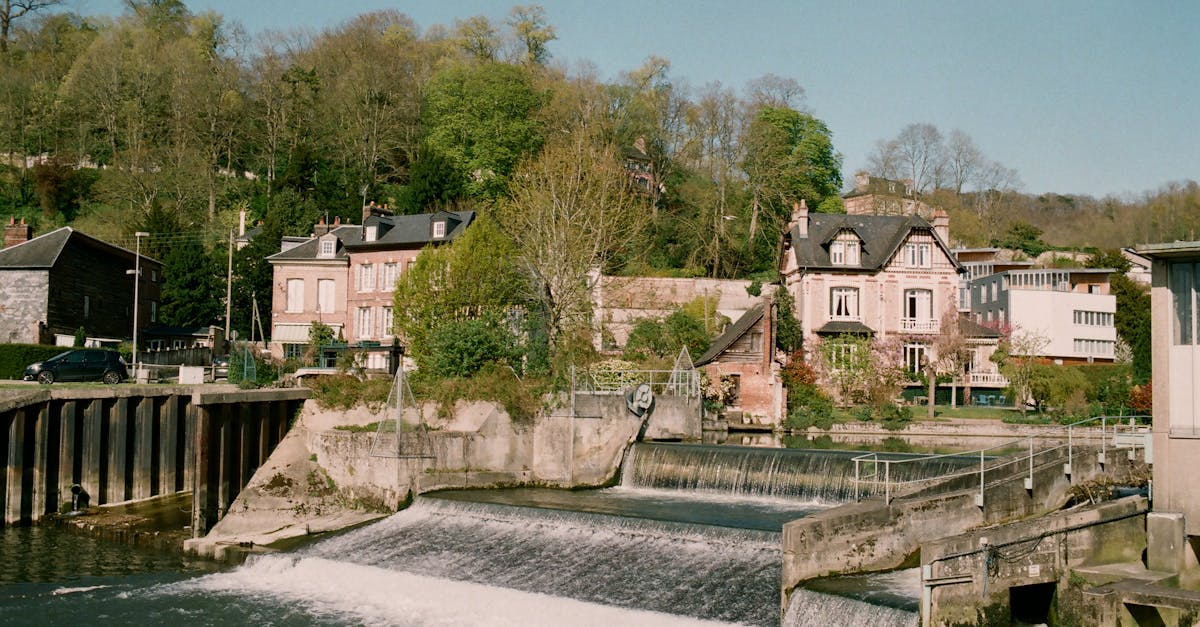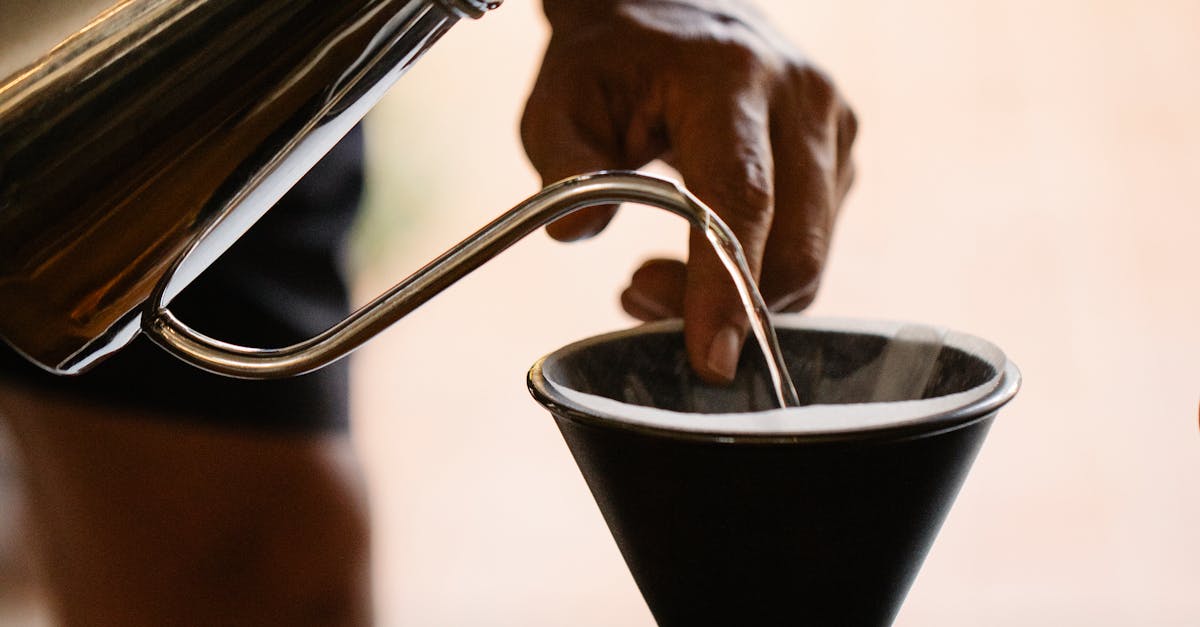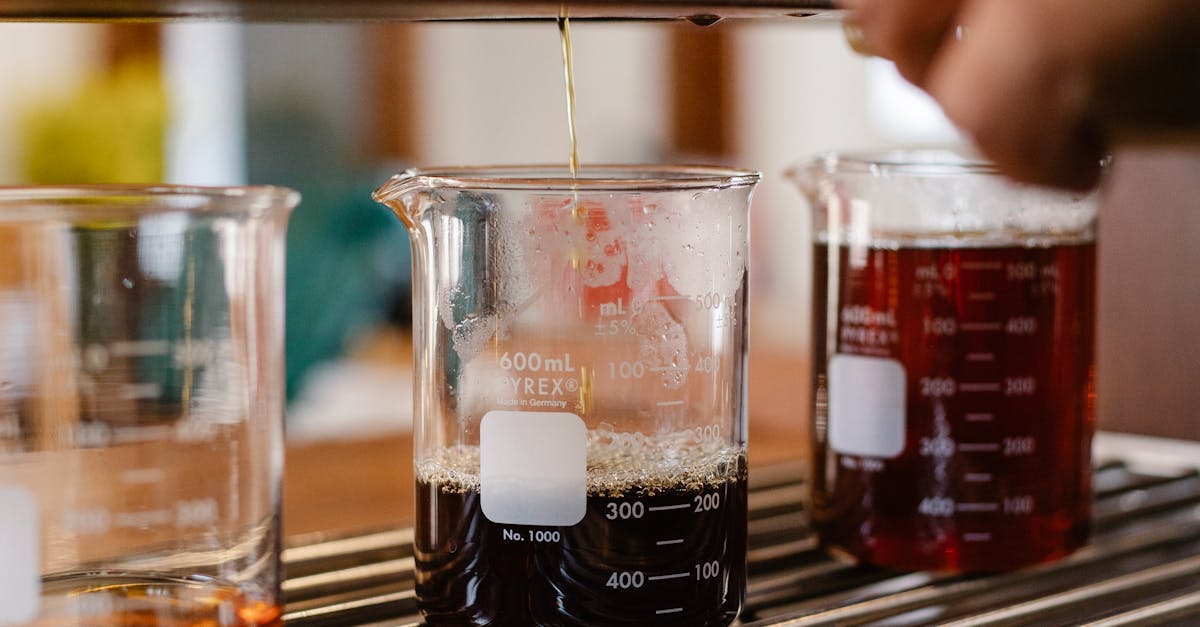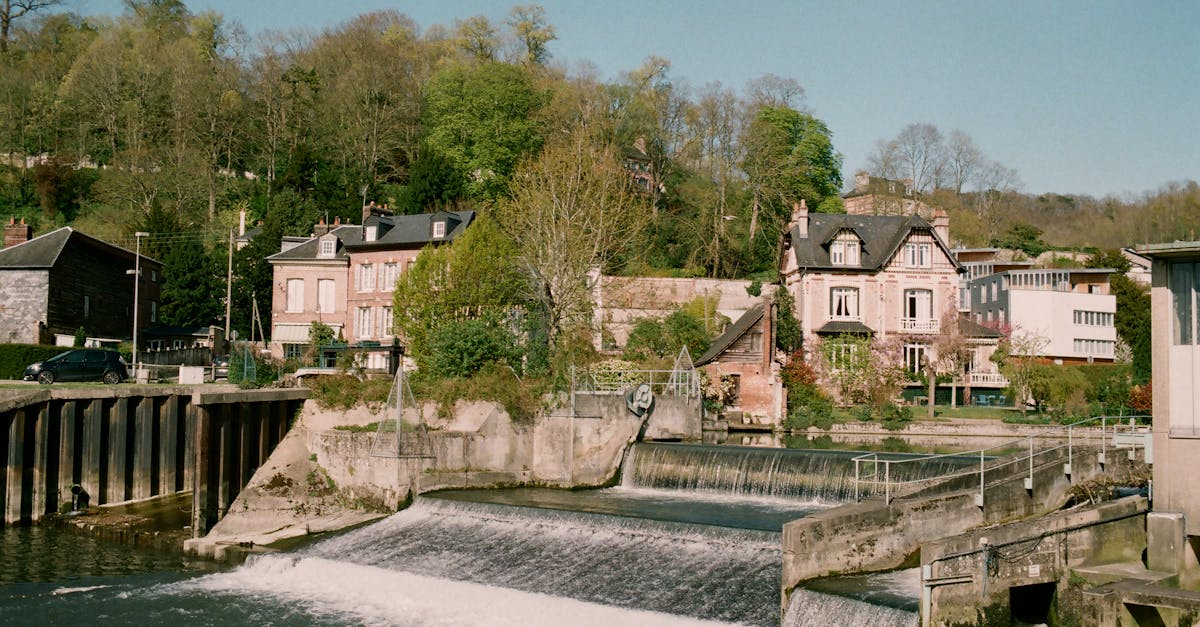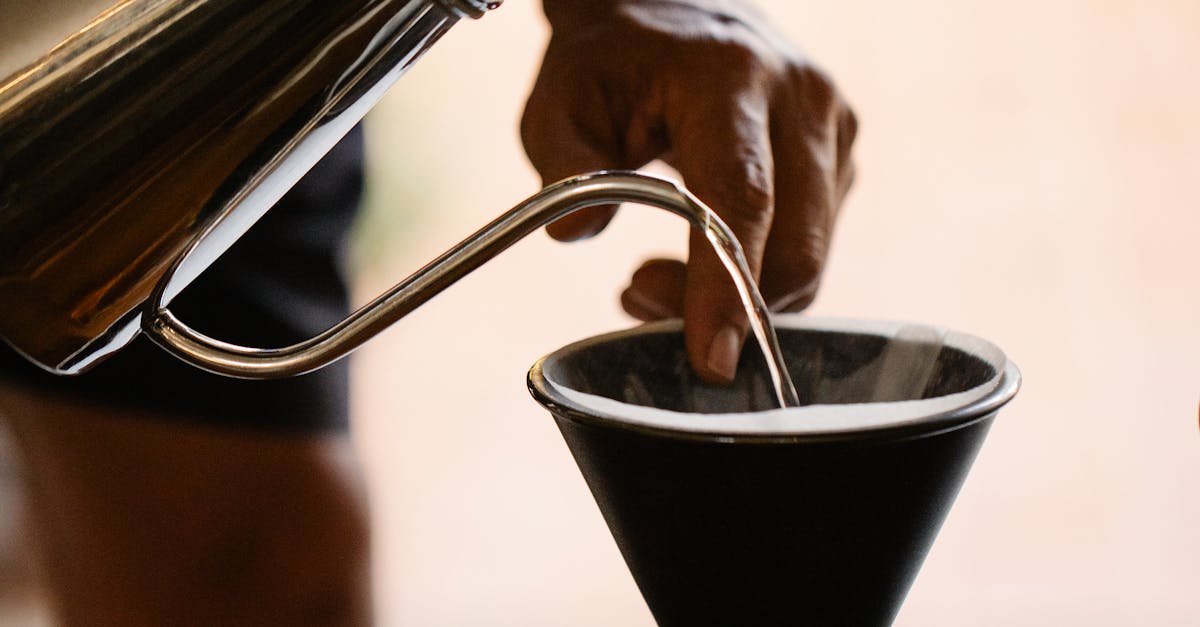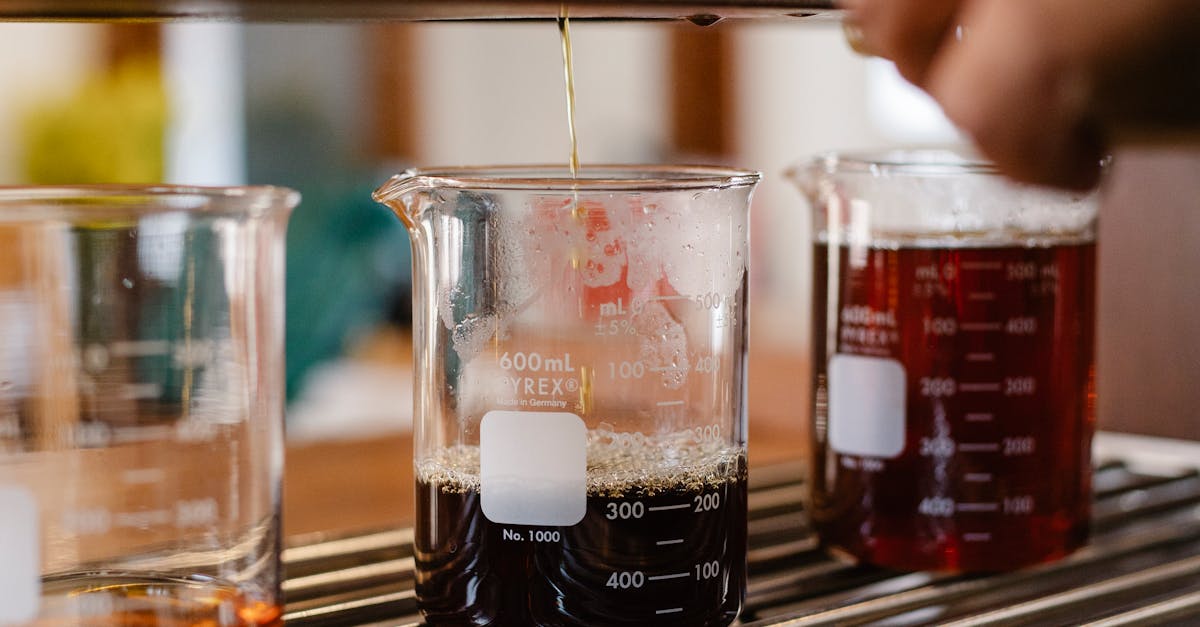
Table Of Contents
The Dip Tube
The dip tube is a crucial component of water heaters, particularly in facilitating the distribution of hot water. Found inside the tank, this tube plays a significant role in ensuring efficient heating and delivery of hot water. As part of the Hot Water System Parts and Accessories, the dip tube is designed to direct incoming cold water to the bottom of the tank for heating. By doing so, it helps in maintaining a consistent temperature throughout the tank and ensures that hot water is readily available when needed.
Understanding the role of the dip tube is essential for homeowners to grasp how their water heaters function. With the dip tube strategically guiding cold water to the bottom of the tank, the heating process becomes more efficient and effective. Proper maintenance and occasional checks on the dip tube can contribute to the longevity and optimal performance of the water heater, making it an integral part of the overall system.
Role of the dip tube in directing cold water to the bottom of the tank
The dip tube is a critical component in a water heater, playing a vital role in directing cold water to the bottom of the tank. It extends from the top of the water heater down to the bottom, ensuring that the incoming cold water is introduced at the lowest point. By delivering cold water to the bottom of the tank, the dip tube helps to maintain a consistent temperature gradient within the unit.
Hot Water System Parts and Accessories rely on the dip tube to ensure that the cold water entering the water heater does not mix with the hot water at the top. Without a properly functioning dip tube, the cold water would stay at the top of the tank, leading to inefficiencies in heating and potentially causing discomfort to users. Thus, the dip tube is an essential part of the water heater system, contributing to the overall effectiveness and efficiency of the unit.
The Drain Valve
The drain valve plays a crucial role in the maintenance and efficiency of a water heater. Positioned at the bottom of the tank, this valve allows for periodic flushing of the system to remove sediment buildup. This process helps prevent corrosion, maintain peak performance, and enhance the longevity of the water heater. Regularly flushing the tank using the drain valve is recommended as part of routine maintenance to ensure the water heater operates efficiently and provides a steady supply of hot water to the household.
In addition to maintenance, the drain valve also serves as a vital asset in emergency situations. If there is a need to quickly drain the tank due to repairs or replacements, the drain valve is the key component for efficiently emptying the system. Whether for preventive maintenance or urgent repairs, the drain valve is a fundamental component of water heaters, underscoring its significance among Hot Water System Parts and Accessories.
Utilizing the drain valve for maintenance and flushing of a water heater
Utilizing the drain valve is a crucial aspect of maintaining a water heater system. This valve allows for the removal of sediment buildup in the tank, which can impede the heater's efficiency over time. Regularly flushing out the tank through the drain valve helps prevent clogs and ensures that the water heater can continue to operate effectively. This maintenance task also helps extend the lifespan of the water heater by reducing strain on the system and promoting optimal performance. Proper care and attention to the drain valve can contribute to the overall functionality and longevity of the unit.
Hot Water System Parts and Accessories should include instructions on how to locate and safely operate the drain valve. Routinely flushing the tank through the valve is recommended to prevent mineral buildup and maintain the heater's efficiency. By making this task a regular part of water heater maintenance, homeowners can ensure that their system operates at peak performance and continues to provide reliable hot water supply. Understanding the importance of the drain valve in the overall function of a water heater is key to preserving the unit and avoiding unnecessary repairs in the future.
The Insulation
The insulation in a water heater plays a crucial role in ensuring optimal energy efficiency and heat retention. By reducing heat loss, the insulation helps to maintain the desired temperature of the water inside the tank, resulting in reduced energy consumption and lower utility bills. Additionally, proper insulation helps to extend the lifespan of the water heater by reducing the frequency of heating cycles, which can lead to wear and tear on the system over time. Hot Water System Parts and Accessories are essential to consider, and insulation stands out as a key component in conserving energy and heat within a water heater.
Without adequate insulation, heat can easily escape from the tank, requiring the water heater to work harder to maintain the set temperature. This leads to increased energy usage and can put unnecessary strain on the system, potentially leading to malfunctions or breakdowns. Proper insulation not only helps to conserve energy but also contributes to a more consistent and reliable supply of hot water. Homeowners looking to improve the efficiency of their hot water system should prioritize inspecting and maintaining the insulation to ensure optimal performance and longevity. Hot Water System Parts and Accessories like insulation are essential elements in maximizing the efficiency and effectiveness of a water heater.
Importance of insulation in conserving energy and heat in a water heater
Insulation is a crucial aspect of water heaters as it plays a significant role in conserving energy and maintaining the heat in the tank. By reducing heat loss, insulation ensures that the water stays hot for longer periods, thereby improving energy efficiency. Most modern water heaters come with adequate insulation, often in the form of foam or glass fiber, to prevent heat dissipation. This helps in reducing energy consumption and ultimately contributes to cost savings for homeowners. The insulation acts as a barrier between the hot water inside the tank and the ambient temperature outside, ensuring that the water remains at the desired temperature.
Hot Water System Parts and Accessories also benefit from insulation due to its ability to prevent heat loss in pipes and fittings. Insulated pipes help in retaining the heat of the water as it travels from the heater to faucets or appliances, thus minimizing energy wastage. Properly insulated pipes can also prevent freezing in colder climates, ensuring a steady flow of hot water without any disruptions. In addition, insulation around fittings and valves further aids in conserving energy by maintaining the overall temperature of the system. Overall, insulation is a critical component in any hot water system as it contributes to energy efficiency and cost-effective operation.
FAQS
What is the role of the dip tube in a water heater?
The dip tube is responsible for directing cold water to the bottom of the tank, ensuring that the hot water at the top is readily available for use.
How can the drain valve be utilized in the maintenance of a water heater?
The drain valve is essential for flushing out sediments and debris that may accumulate at the bottom of the tank, helping to maintain the efficiency of the water heater.
Why is insulation important in a water heater?
Insulation plays a crucial role in conserving energy and heat within the water heater, helping to reduce energy costs and ensuring hot water is readily available when needed.




